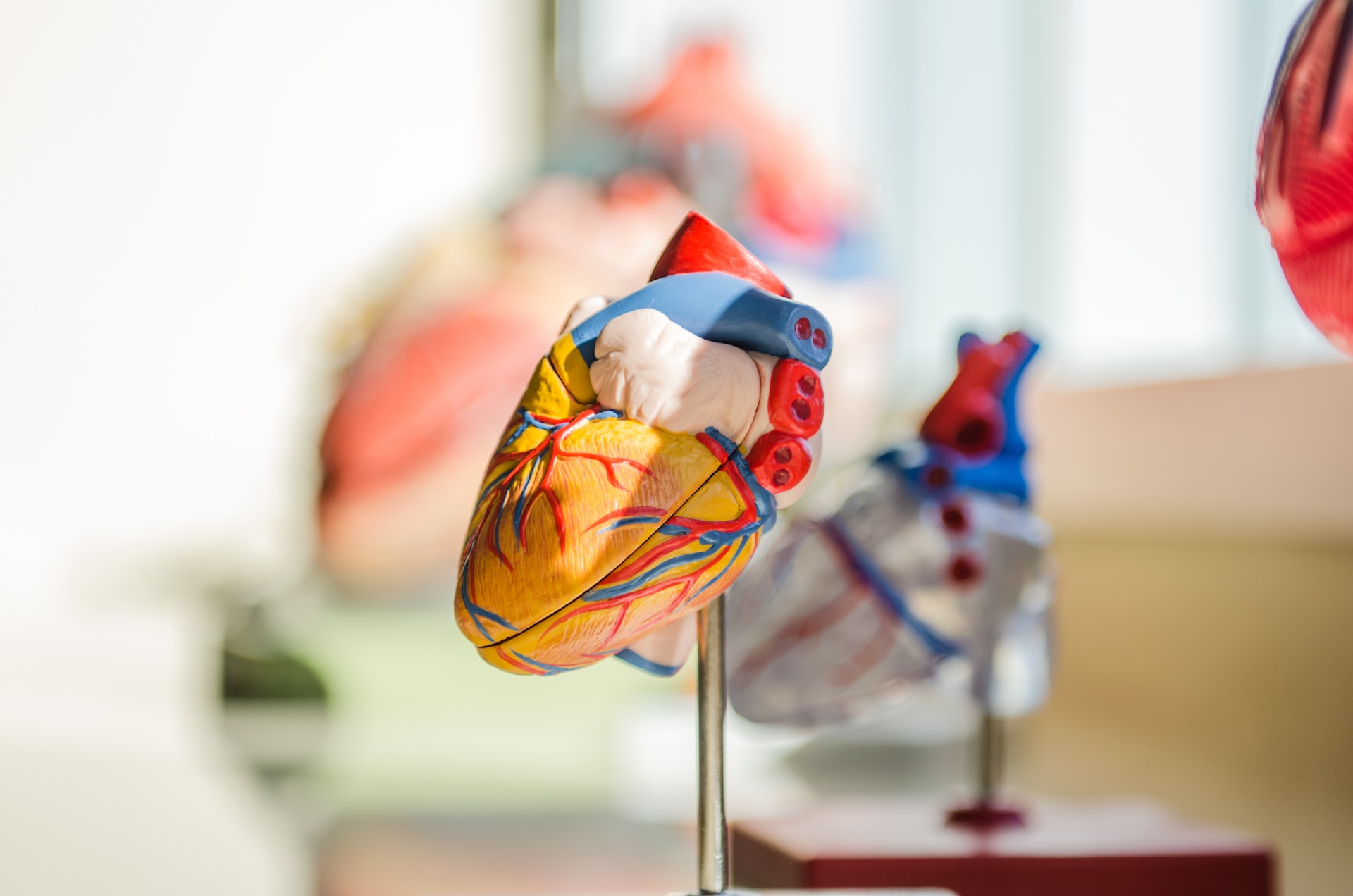From Prediction to Prevention: The Role of AI in Heart Attack Risk Assessment
The transition from prediction to prevention represents a significant shift in healthcare paradigms, and artificial intelligence (AI) plays a crucial role in advancing this transition, particularly in the context of heart attack risk assessment. Predicting the likelihood of a heart attack is valuable, but preventing such cardiovascular events is even more critical for improving patient outcomes and reducing healthcare costs. Here’s an overview of how AI contributes to this transition:
- Early Detection and Risk Prediction:
- Data Analysis: AI algorithms analyze vast amounts of patient data, including medical records, diagnostic images, and genetic information, to identify patterns and correlations associated with heart attack risk.
- Machine Learning Models: By using machine learning models, AI can predict the likelihood of a heart attack based on various risk factors such as age, family history, lifestyle, and biomarkers.
- Personalized Risk Assessment:
- Precision Medicine: AI enables personalized risk assessments by considering individual patient characteristics and genetic predispositions. This allows healthcare professionals to tailor prevention strategies based on specific patient profiles.
- Continuous Monitoring:
- Wearable Devices: AI-powered wearable devices continuously monitor vital signs, physical activity, and other relevant metrics. This real-time data allows for dynamic risk assessment, enabling timely interventions and lifestyle adjustments.
- Behavioral Interventions:
- AI-driven Coaching: AI applications can provide personalized guidance and coaching to individuals at risk, encouraging lifestyle modifications such as dietary changes, exercise routines, and stress management.
- Treatment Optimization:
- Medication Adherence: AI tools can help optimize medication adherence by providing reminders, and educational resources, and monitoring patient responses to treatment, ensuring that prescribed medications are taken as directed.
- Integration with Electronic Health Records (EHR):
- Seamless Data Sharing: AI systems integrated with EHR systems facilitate the seamless exchange of information among healthcare providers. This ensures that all relevant data is considered in risk assessments and preventive strategies.
- Telehealth and Remote Monitoring:
- Remote Patient Monitoring: AI-enhanced telehealth solutions enable remote monitoring of patients at risk of heart attacks. This facilitates timely interventions and reduces the need for frequent in-person visits.
- Research and Innovation:
- Drug Discovery: AI accelerates drug discovery processes, leading to the development of innovative medications and treatments for cardiovascular diseases.
- Continuous Learning: AI algorithms continually learn from new data, improving their predictive capabilities over time and staying up-to-date with the latest medical research.
In conclusion, the role of AI in heart attack risk assessment extends beyond prediction, actively contributing to prevention through personalized interventions, continuous monitoring, and advancements in treatment strategies. This integrated approach holds the potential to transform cardiovascular care and significantly improve patient outcomes.
Photo by jesse orrico on Unsplash
